Description
Refractory Mortar: The Unsung Hero of High-Temperature Applications
Refractory mortar, often overlooked but critical, plays a vital role in high-temperature industries. Think of it as the glue that holds together the bricks, shapes, and other components of furnaces, kilns, incinerators, and other high-heat environments. It’s not just any mortar; refractory mortar is specifically engineered to withstand extreme temperatures and maintain structural integrity under the harshest conditions.
What is Refractory Mortar?
Refractory mortar is a heat-resistant material used to bond refractory bricks and shapes, filling the joints between them. Unlike standard mortar used in construction, refractory mortar is formulated to resist high temperatures, thermal cycling, and chemical attack, all while maintaining its bonding strength. Its primary function is to create a gas-tight seal, prevent the intrusion of molten materials, and evenly distribute stress across the refractory structure.
Key Characteristics and Properties:
The specific properties of refractory mortar vary depending on its intended application, but some core characteristics are universal:
- High Refractoriness: The ability to withstand high temperatures without softening, melting, or deforming. This is the most crucial property, allowing the mortar to maintain its structural integrity under extreme heat.
- Chemical Resistance: Resistance to chemical attack from aggressive environments, including acids, alkalis, molten metals, and slag.
- Thermal Stability: Resistance to thermal shock and spalling (flaking or chipping) caused by rapid temperature changes.
- Bonding Strength: The ability to create a strong and lasting bond between refractory bricks, even at high temperatures.
- Volume Stability: Minimal expansion or contraction during heating and cooling cycles to prevent cracking and joint degradation.
- Workability: Ease of mixing, placing, and tooling to ensure a proper bond and complete joint filling.
Types of Refractory Mortar:
Refractory mortars are classified based on their chemical composition and the binder used:
- Clay-Based Mortar: These are among the most common and economical types. They are generally used with fireclay bricks and provide good refractoriness and workability.
- High-Alumina Mortar: Offering superior refractoriness compared to clay-based mortars, they are suitable for higher temperature applications and resistance to slag attack.
- Silica Mortar: Used primarily with silica bricks, these mortars provide excellent resistance to high temperatures and corrosive environments.
- Phosphate-Bonded Mortar: These mortars develop high strength at relatively low temperatures and are often used for patching and repairing refractory linings.
- Chrome-Magnesia Mortar: Offering excellent resistance to basic slags, these mortars are used in applications involving contact with molten steel and similar materials.
- Castable Refractory Mortar: These mortars are typically used for repairs or in situations where conventional bricks are difficult to install. They offer ease of application and can be formed into complex shapes.
Applications of Refractory Mortar:
Refractory mortars are essential in a wide range of industries that rely on high-temperature processes:
- Steel Industry: Lining furnaces, ladles, and tundishes.
- Cement Industry: Lining rotary kilns and preheaters.
- Glass Industry: Lining glass melting furnaces.
- Ceramic Industry: Lining kilns and furnaces.
- Power Generation: Lining boilers and incinerators.
- Petrochemical Industry: Lining reactors and furnaces.
- Waste Incineration: Lining incinerators for waste disposal.
Proper Application is Key:
The performance of refractory mortar is heavily dependent on proper installation. Key considerations include:
- Surface Preparation: Cleaning and preparing the surfaces of the refractory bricks to ensure a strong bond.
- Mixing Ratios: Adhering to the manufacturer’s recommended mixing ratios to achieve the desired consistency and properties.
- Joint Thickness: Maintaining the proper joint thickness for effective bonding and stress distribution.
- Curing: Allowing the mortar to cure properly before exposing it to high temperatures.
- Temperature Ramping: Gradually increasing the temperature of the lined equipment to prevent thermal shock and cracking.
Conclusion:
Refractory mortar is an indispensable component in high-temperature applications, ensuring the longevity and efficiency of industrial processes. Selecting the right type of mortar, coupled with proper installation techniques, is crucial for achieving optimal performance and minimizing downtime. While it might not be the most glamorous of materials, refractory mortar is undeniably the unsung hero that keeps the heat on in countless industries.

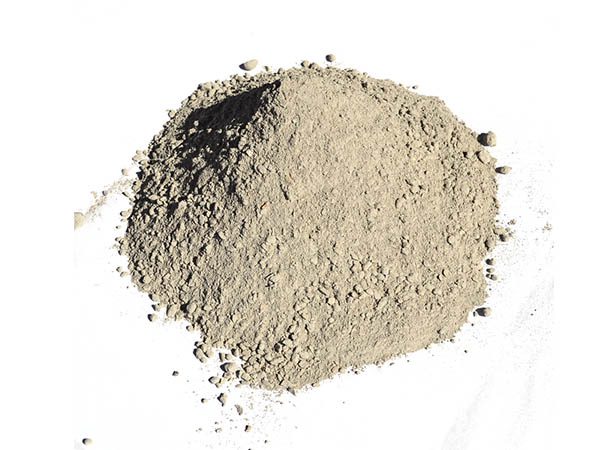
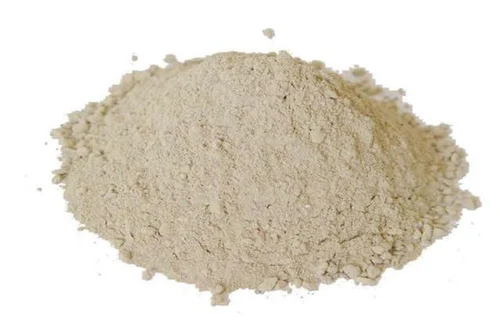

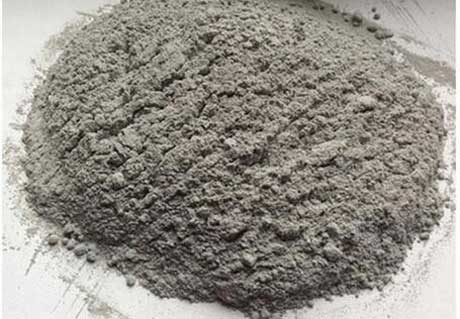
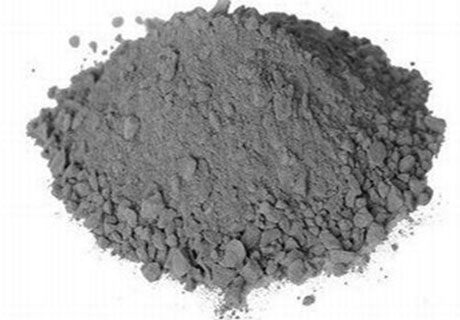
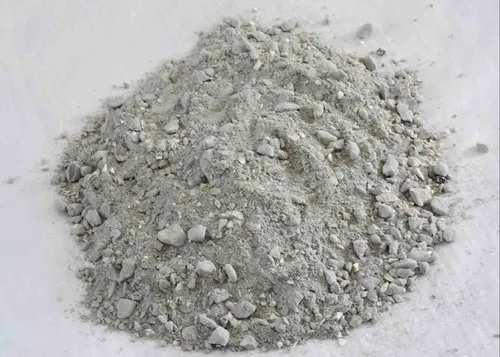
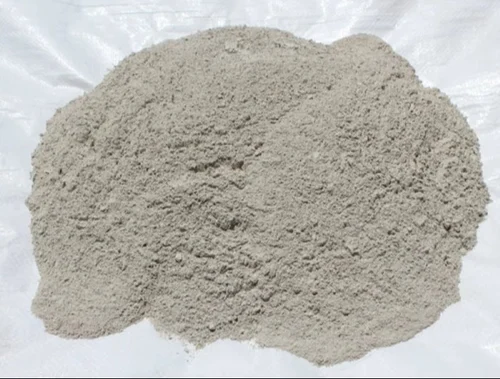
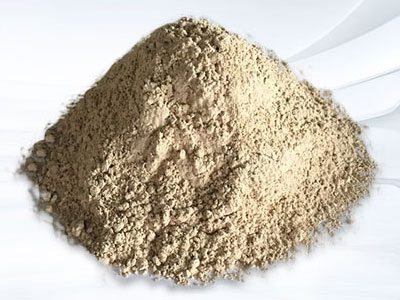
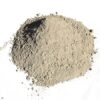
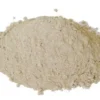

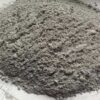
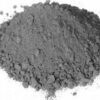

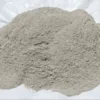
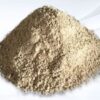

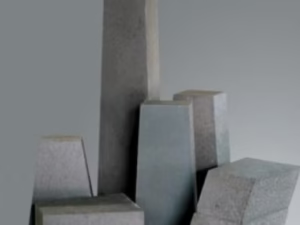
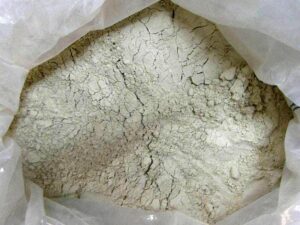

Reviews
There are no reviews yet.